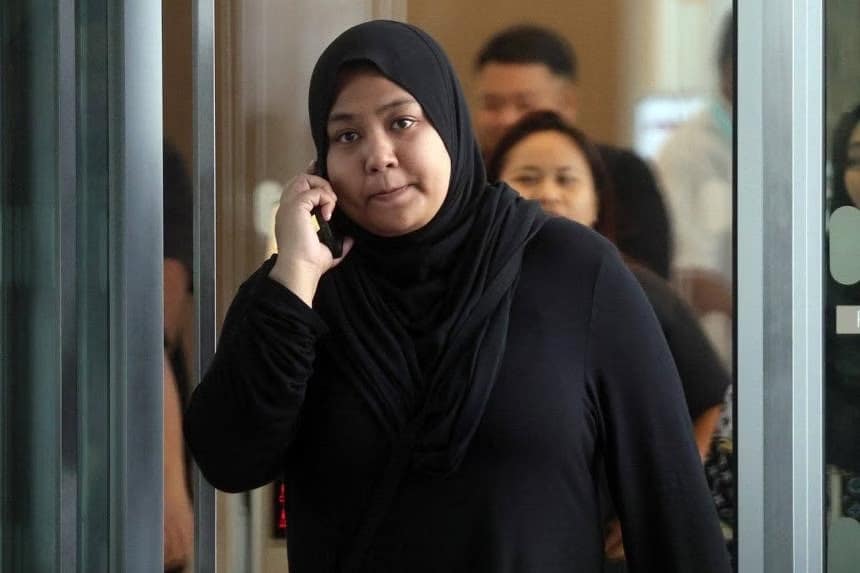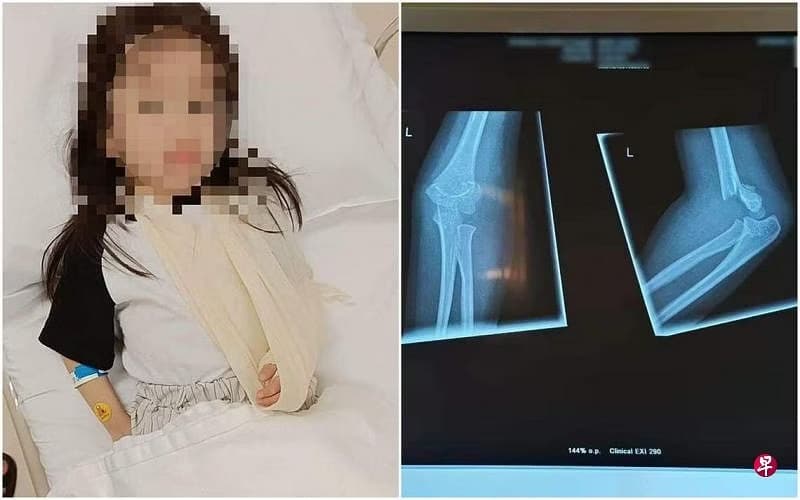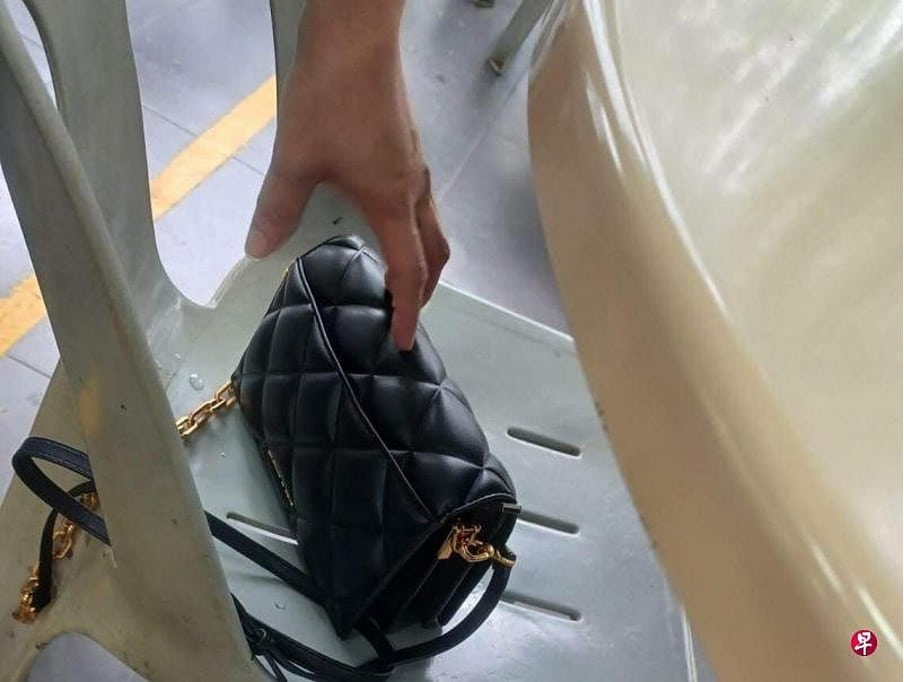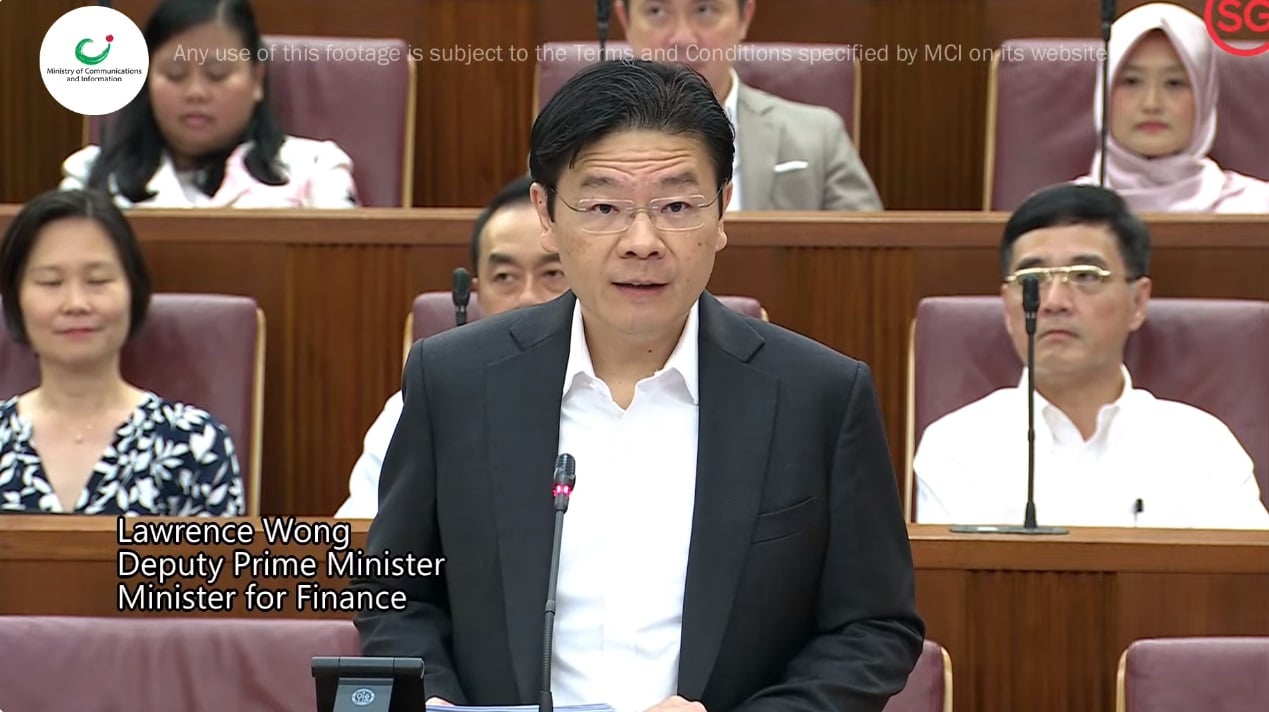After the NOC saga, the next hottest topic amongst Singaporeans now is probably the Workers’ Party (WP) MP Raeesah Khan’s lying in Parliament incident liao. While MP lying in Parliament is daiji dua diao (serious issue), but we let the committee of privilege settle that one bah. Maybe we should shift our focus to the current COVID-19 situation, especially in our Intensive Care Units (ICUs) and our hospitals because this one is also very important leh.
In case you were too caught up with Raeesah Khan’s news until you forgot about other speeches and updates that were given in the Parliament, yesterday (1 November), Senior Minister of State for Health Janil Puthucheary gave some updates on the capacity of hospitals and ICU in Singapore.
To save your time (because time is money), here’s a quick summary of what he has shared in his speech during Parliament:
- Currently, 139 patients are critically ill and are in the ICU. These patients occupy around 65% of the 219 ICU beds reserved for COVID-19 patients. On average, they stay for 15 days in the ICU, but some will stay up to a month. All these patients need the continuous care of an ICU team.
- Before COVID-19 turned our lives upside down, in 2019, we had 298 ICU beds and the average occupancy rate was 63%. So, to cope with the influx of COVID-19 patients and to increase the ICU beds for COVID-19 patients, the non-COVID-19 ICU beds were reduced.
- Overall, the total number of ICU beds for both COVID-19 and non-COVID-19 patients has been increased to 382 over the past two months.
- The need to increase the capacity of our healthcare system is also one of the reasons why the load and burden carried by the staff, our healthcare workers have also increased.
- The healthcare workers have been fighting against the pandemic for over 20 months and a large proportion of them have not been able to take leave since 2020. They have gone way beyond the call of duty to care for their patients, some of the nurses even have to work for an average of 160 to 175 hours for September sia! Sibei jialat.
- Janil said he received a message from a healthcare worker who told him that the healthcare workers are exhausted liao. Physically, mentally and emotionally. At first, they thought this COVID-19 pandemic will be like 2.4km run very fast finish. But in the end, it became maciam a marathon.
- The public healthcare institutions have also stepped up their outreach to staff on support measures to safeguard the healthcare workers’ well-being. This includes providing counselling services, staff helplines, and peer support programmes for them.
- Apart from addressing manpower issues, MOH has also been trying to set aside more beds for COVID-19 patients. MOH has set up COVID-19 Treatment Facilities (CTFs), which now have close to 2,000 beds with an occupancy of less than 50%. They will also continue to add further capacity to CTFs and are expected to reach around 4,000 beds in November.
- MOH will also expand the ICU capacity further, up to 350 beds, to prepare for a potential rise in severe cases. The ministry is currently working with hospitals to ramp up more ICU beds for COVID-19 patients.
- But got ICU beds, not enough manpower to support also no use tio bo? So, to make sure that new hires or healthcare workers who are redeployed from non-COVID-19 ICU duties can operate the specialised equipment and medical devices in the ICU to care for COVID-19 patients, they will be made to undergo training.
Maciam so easy hor? Just buy more ICU beds and medical equipment. But unfortunately, Janil also warned that it is not so simple and easy as it sounds.
If not enough people to care for the patients in the bed also no use one. It will only be putting more stress, pressure, and workload on the healthcare workers as a result.
Then come to a point, the healthcare worker may no longer be able to provide that continuous excellent care for the patient. We also don’t wish to come to that situation like in other countries whereby the healthcare workers will have to decide on who gets to live and who doesn’t tio bo?
Malaysian Singer-songwriter Namewee uncovers heartbreaking situation in Malaysia hospitals
So hor, the conclusion is:
Tolong ah, please ah, for those who can pa jiam but haven’t go pa jiam (get vaccinated), faster go.
Get your booster shot too.
While the Gahmen, the healthcare workers continue to provide excellent healthcare for all patients, be it COVID-19 or non-COVID-19, we, Singaporeans also need to continue to do our part and don’t cause unnecessary stress on our healthcare system liao.
Singapore can continue to keep our death rate low is not tikam-tikam by chance one hor. It is because we have a robust healthcare system and an excellent team of healthcare workers who held the fort.
If you can pa jiam but die-die don’t want to pa jiam, then you tio COVID-19 liao and need to go ICU, not only you bo dai bo ji take up one space in the ICU, but the healthcare workers also still need to take care of you when they could have spent the effort taking care of those vulnerable ones with more medical conditions leh.
You realise how extra is that a not? Please ah please, wake up your idea. Don’t so self-centered.
If you’d like to contribute your story to us, drop us an email at editors@sureboh.sg and we’ll review it. We read each submission that comes to us within two weeks of receiving it.





